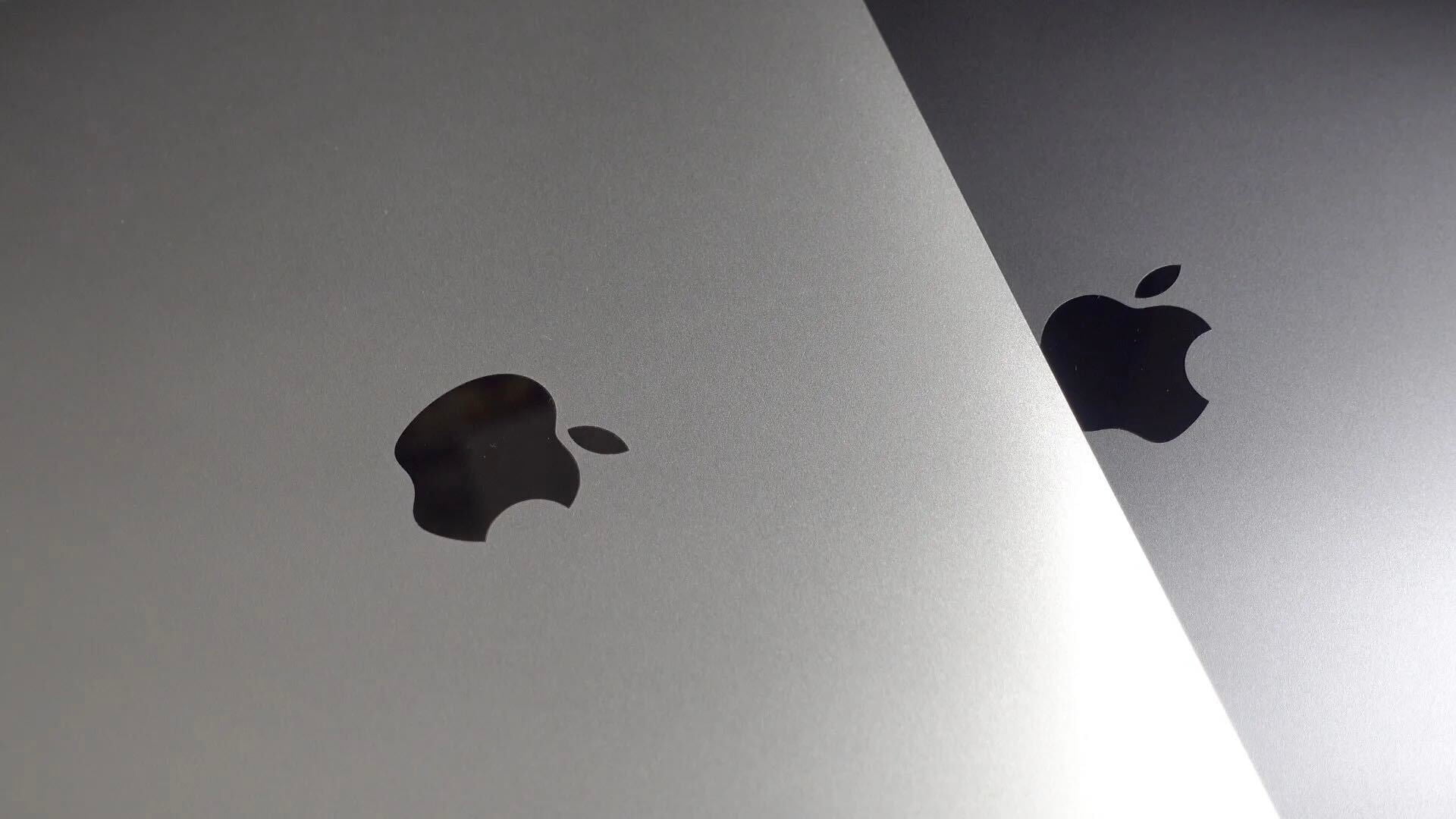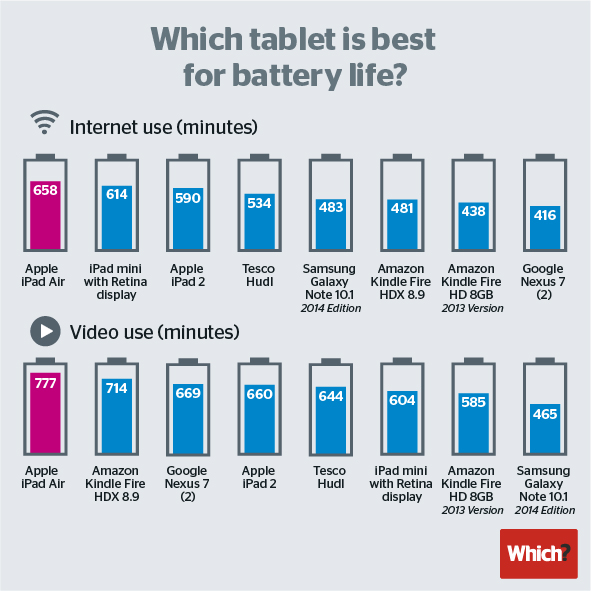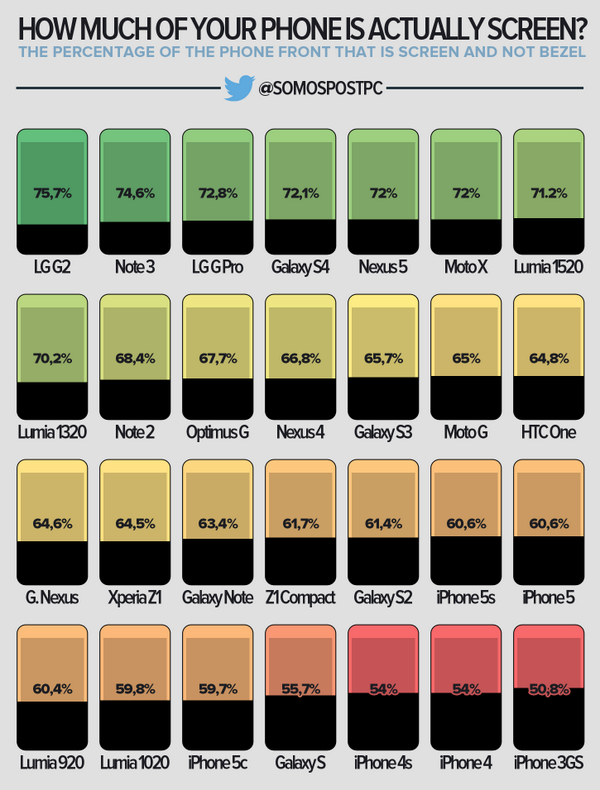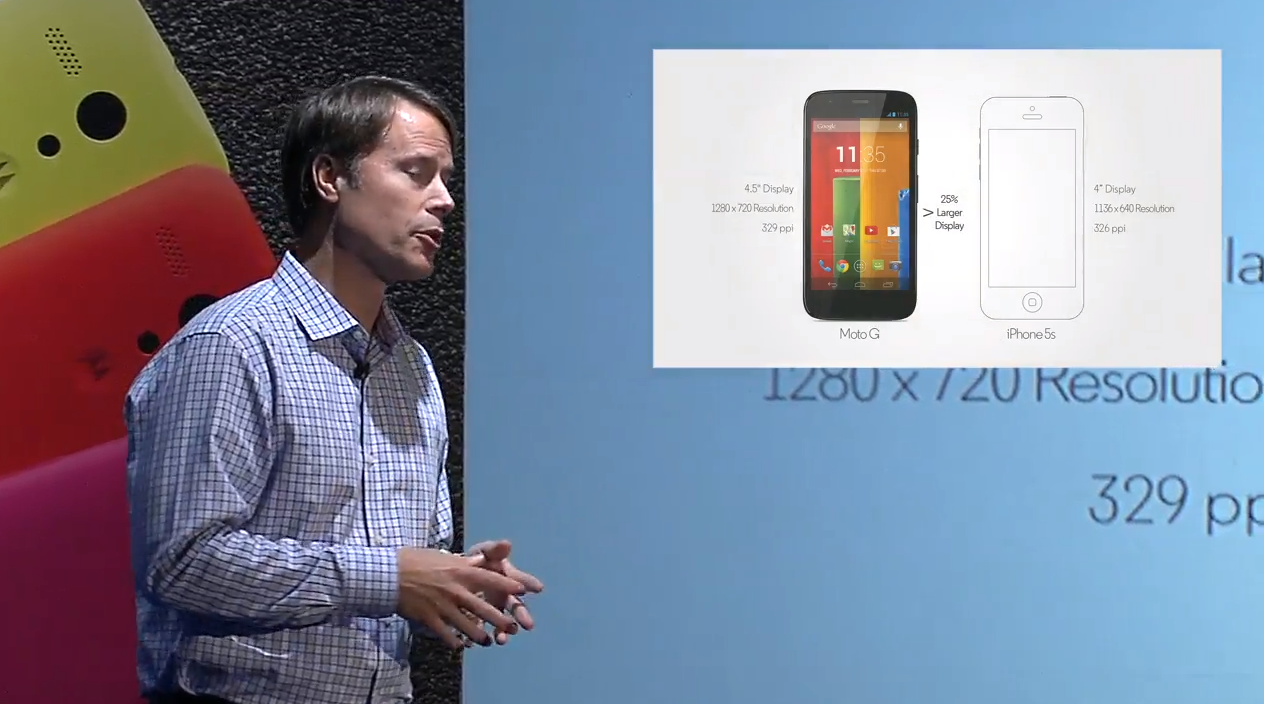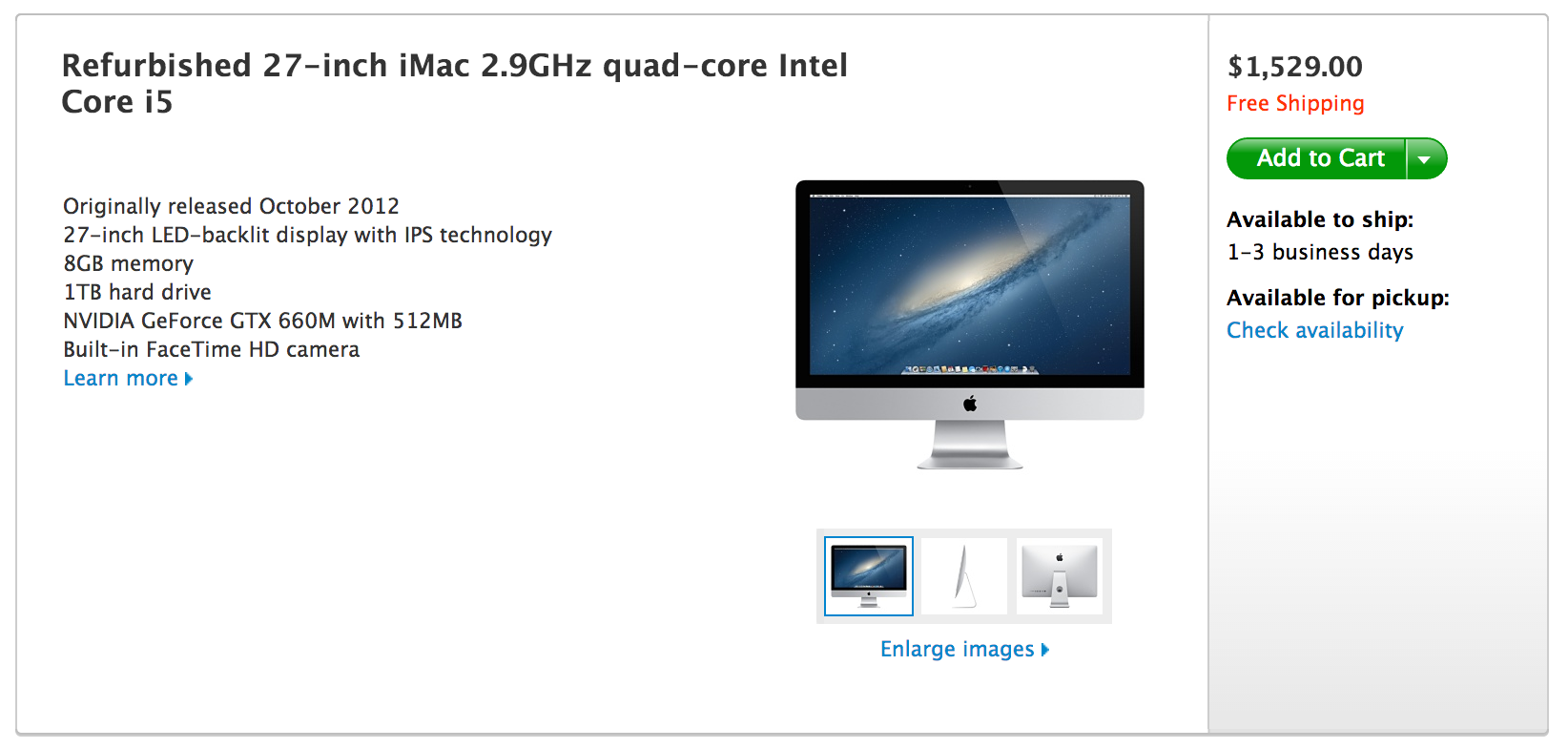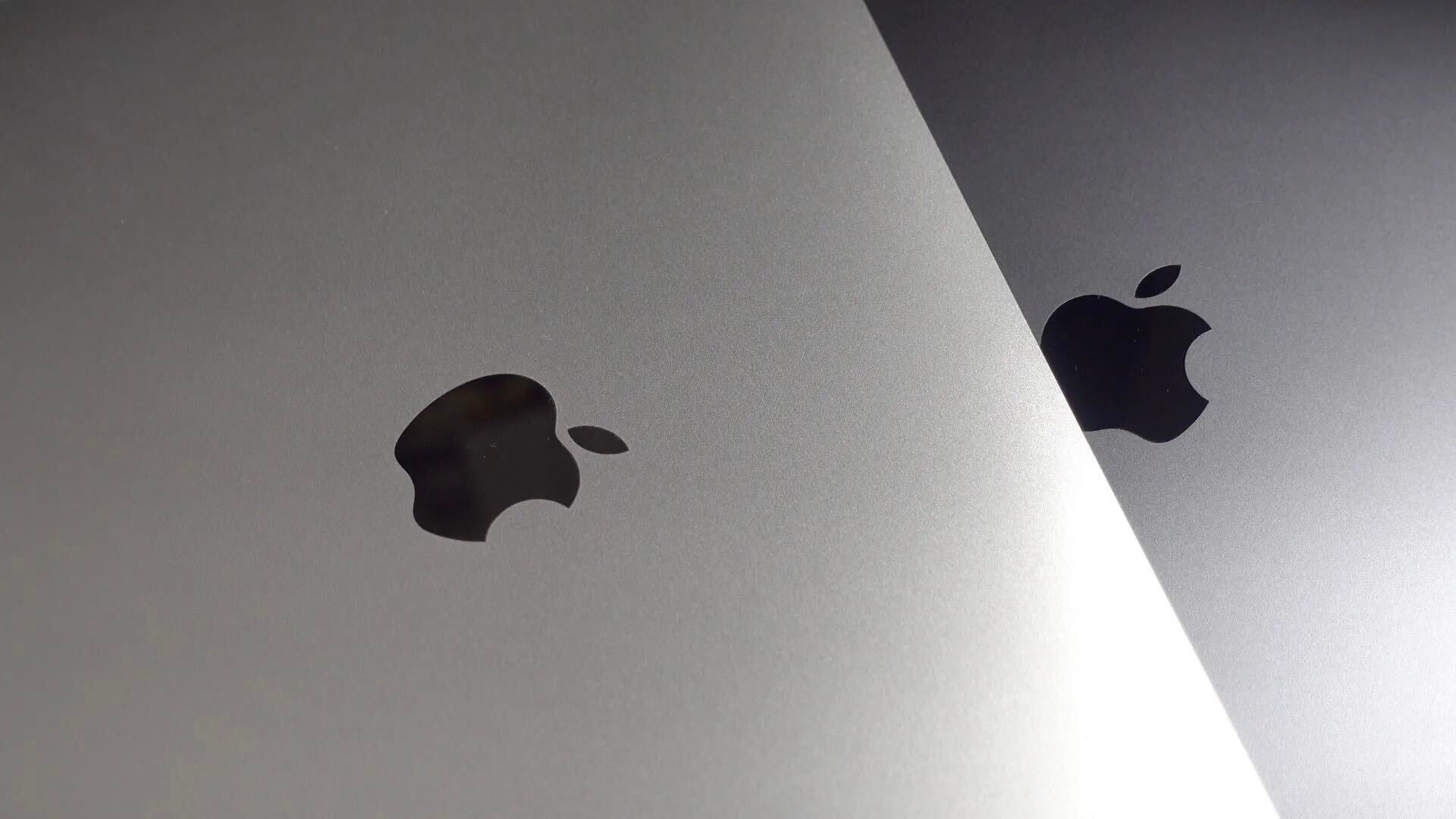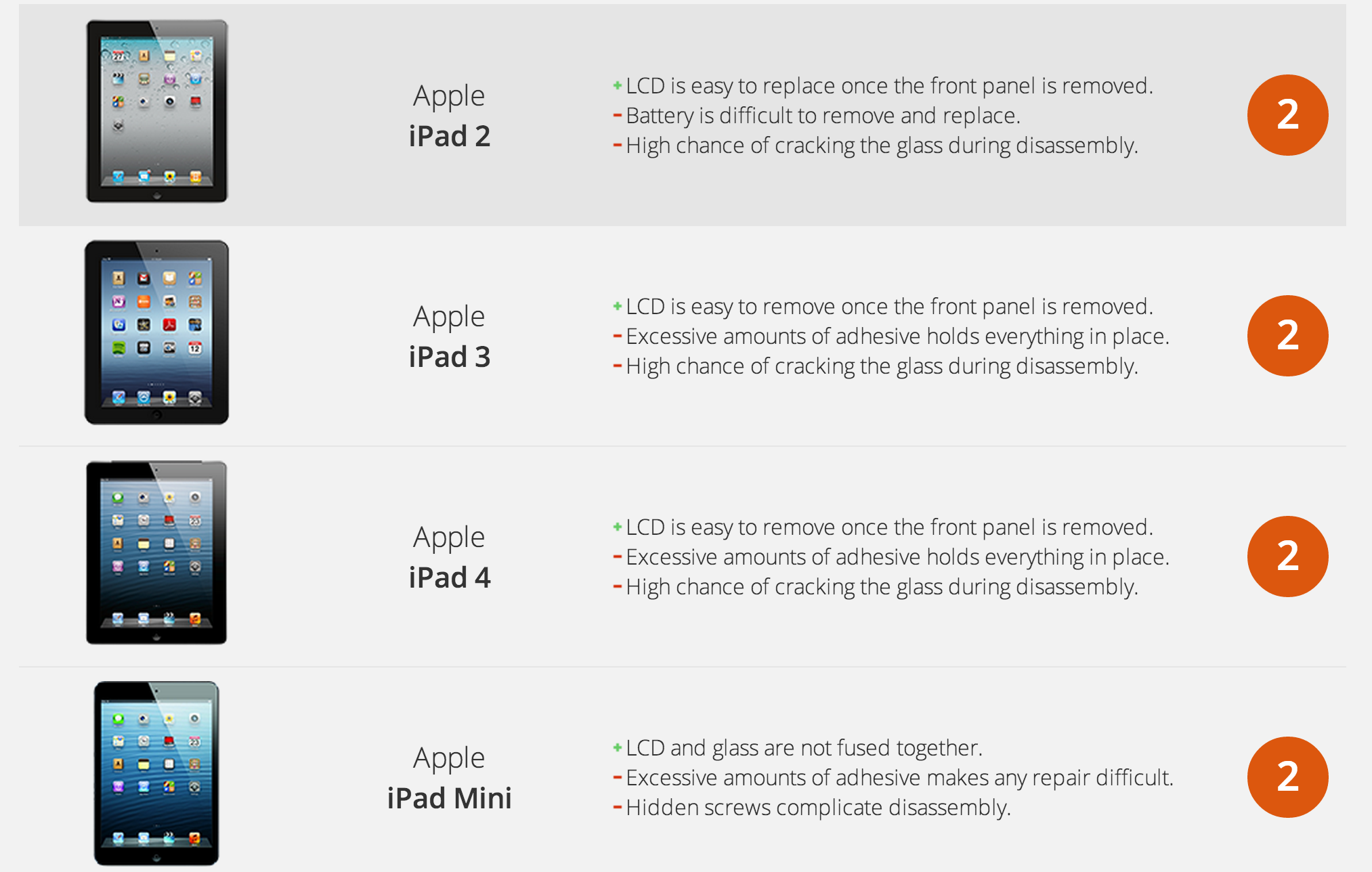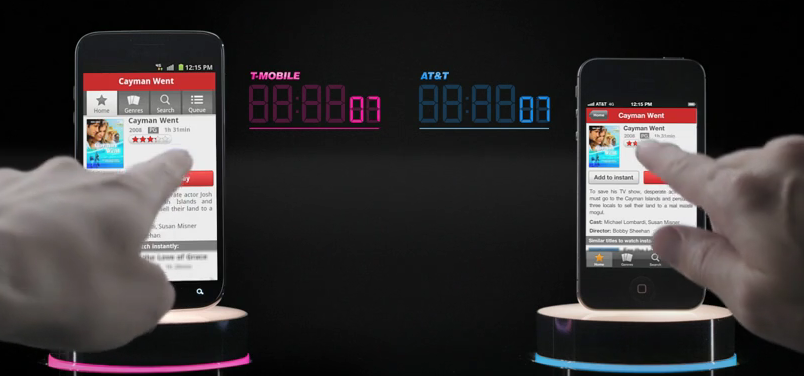
Jealous of S5 heart rate monitor? Your iPhone can already measure your heart rate with these apps
When Samsung unveiled its new flagship Galaxy S5 yesterday, the big news was the inclusion of a fingerprint scanner and heart rate sensor. The fingerprint scanning of course brings it up to par with Apple’s TouchID functionality, the standout feature and big selling point for the iPhone 5s. The heart rate sensor, however, is something not included in the current iPhone lineup and something Samsung will spend a lot of time marketing as fitness and health wearables like its new smartwatch lineup become big business in 2014. But did you know you can already measure your heart rate on iPhone using the device’s built-in camera?
A number of apps on the App Store, such the “Heart Rate Monitor” app just launched by PlusSports, allow you to accurately measure your heart rate by simply placing your face or fingertip in front of the camera lens. Another app available on the App Store that we’ve tested and works well is Instant Heart Rate. Popular fitness app maker Runtastic also has its own heart rate monitor and pulse tracker app.
The experience of using these apps is almost identical to the S5, which also forces the user to place a finger over a sensor on the back of the device and wait several seconds for a reading.
It’s possible Samsung would tell you that its built-in heart rate sensor is more accurate or feature-filled, but from our tests and reviews from others, the iPhone apps are remarkably accurate.
